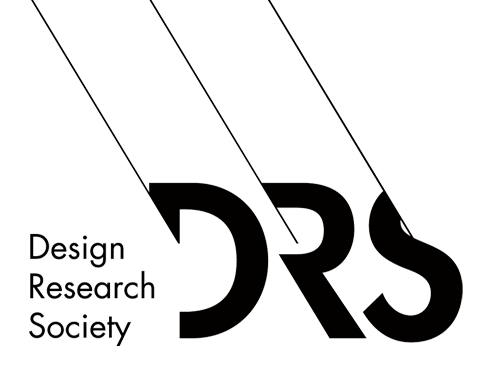Abstract
This paper explores the use of body maps as a visual methodology for capturing and representing women's embodied health experiences. Through a diary study involving 25 participants and 325 drawings, we identified two key themes: working with the body map template and telling stories by adding elements to the body map. Our findings highlight the potential of body maps to provide rich, nuanced representations of women's health data that transcend traditional numerical and text-based methods. A better understanding of experiences of health data can ultimately contribute to the development of more inclusive and empathetic health technologies. This research points out the importance of accurate data visualisations in (women's) health. It also demonstrates the need for exploration of alternative forms of visualisation, to improve the design and effectiveness of health technologies to better connect with women's lived experiences.
Keywords
women’s health; body maps; data visualisations; digital health technologies
DOI
http://doi.org/10.21606/eksig2025.110
Citation
Hofstee, D., Karahanoğlu, A., Dijkstra, K.,and Ludden, G.(2025) Body Maps as A Source of Women’s Embodied Experiences: A Diary Study into Visualising Personal Health Data, in Karyda, M., Çay, D., Bakk, Á. K., Dezső, R., Hemmings, J. (eds.), Data as Experiential Knowledge and Embodied Processes, 12-13 May, Budapest, Hungary. https://doi.org/10.21606/eksig2025.110
Creative Commons License

This work is licensed under a Creative Commons Attribution-NonCommercial 4.0 International License
Body Maps as A Source of Women’s Embodied Experiences: A Diary Study into Visualising Personal Health Data
This paper explores the use of body maps as a visual methodology for capturing and representing women's embodied health experiences. Through a diary study involving 25 participants and 325 drawings, we identified two key themes: working with the body map template and telling stories by adding elements to the body map. Our findings highlight the potential of body maps to provide rich, nuanced representations of women's health data that transcend traditional numerical and text-based methods. A better understanding of experiences of health data can ultimately contribute to the development of more inclusive and empathetic health technologies. This research points out the importance of accurate data visualisations in (women's) health. It also demonstrates the need for exploration of alternative forms of visualisation, to improve the design and effectiveness of health technologies to better connect with women's lived experiences.

